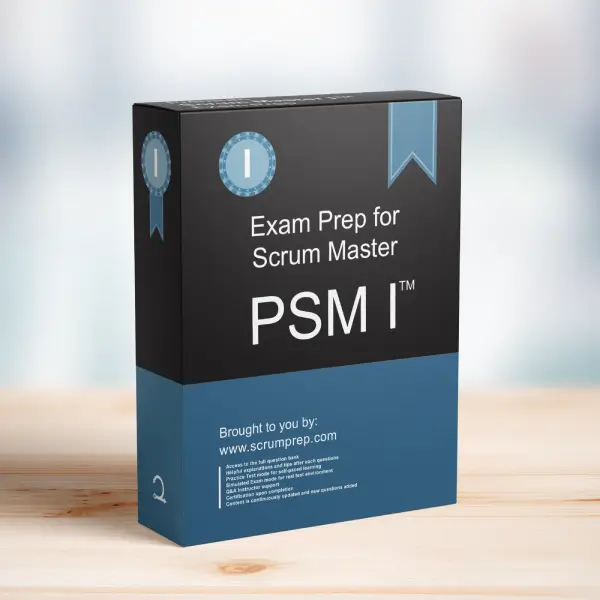The Role of the Product Owner
The Product Owner plays a crucial role in the Scrum framework, responsible for maximizing the value of the product resulting from the work of the Scrum Team. This involves various tasks that ensure the team delivers valuable increments consistently.
Exam Question
Which description best fits the role of the Product Owner?
(choose the best answer)
A. Requirements Collector
B. Project Manager 2.0
C. Chief Analyst
D. Scope Protector
E. Value Maximizer
Correct Answer
E. Value Maximizer
Explanation
The Product Owner is often seen as the “Value Maximizer” in a Scrum Team. This role is all about ensuring that the Scrum Team works on the most valuable items first and that the product being developed delivers maximum value to stakeholders and users.
Correct Answer:
E. Value Maximizer:
The Product Owner’s primary responsibility is to maximize the value of the product resulting from the work of the Scrum Team. This involves prioritizing and ordering Product Backlog items to ensure the team focuses on the most valuable features.
Incorrect Answers:
A. Requirements Collector:
While the Product Owner does gather requirements, this description is too narrow and does not capture the full scope of the Product Owner’s responsibilities, which include prioritizing and ordering items to maximize value.
B. Project Manager 2.0:
This term suggests a traditional project management role, which does not align with the responsibilities of a Product Owner in Scrum. The Product Owner is not a project manager but focuses on value maximization and backlog management.
C. Chief Analyst:
This term implies a focus on analysis rather than value maximization. While analysis is part of the role, the Product Owner’s primary responsibility is ensuring the team works on the most valuable items.
D. Scope Protector:
This term suggests a focus on controlling the project scope, which is not the main responsibility of the Product Owner. Instead, the Product Owner focuses on ordering and refining the Product Backlog to maximize value.
Responsibilities in Scrum
- Product Owner: Ensures the Product Backlog is ordered and refined to maximize value and align with the team’s capacity. Acts as the primary liaison between stakeholders and the Scrum Team. Optimizes the value of the work the Scrum Team does by making informed decisions on the Product Backlog.
- Scrum Master: Coaches the team in Scrum practices, removes impediments, and facilitates team events to ensure productivity and adherence to Scrum principles. Helps everyone understand Scrum theory and practice within the Scrum Team and the organization. Ensures that Scrum events are productive and kept within the timebox.
- Developers: Collaborate to create the Sprint Goal and the Sprint Backlog, ensuring all work aligns with the Sprint Goal. Complete all tasks necessary to deliver a potentially shippable Increment, including ensuring that all Product Backlog items meet the Definition of Done.
Relevance to the PSM I Exam
Understanding the role of the Product Owner is crucial for the PSM I exam. This knowledge helps reinforce the importance of value maximization and effective backlog management in Scrum, ensuring that the team delivers valuable increments consistently.
Key Takeaways
- Value Maximization: The Product Owner’s primary responsibility is to maximize the value of the product resulting from the work of the Scrum Team.
- Backlog Management: Effective backlog management involves prioritizing and ordering items to ensure the team focuses on the most valuable features.
- Exam Preparation: Knowing the specific responsibilities of the Product Owner is crucial for the PSM I exam.
Conclusion
The Product Owner is a vital role in Scrum, focused on maximizing the value of the product. By understanding this role, Scrum Teams can ensure they deliver valuable increments and continuously improve their processes. For comprehensive preparation and practice exams, check out PSM I Exam Prep to enhance your understanding and application of Scrum principles.



